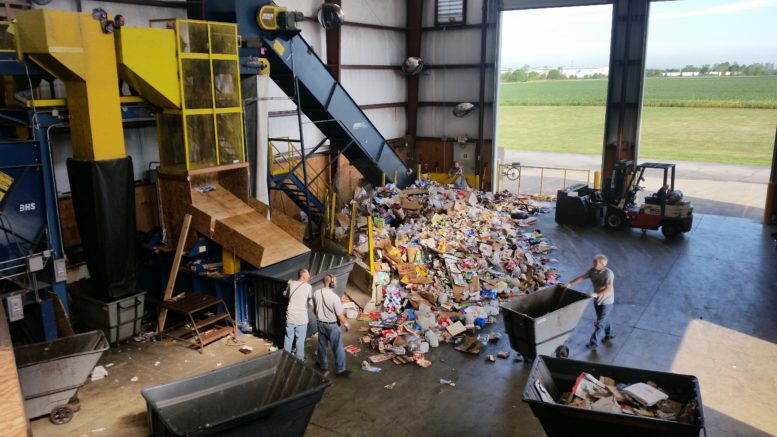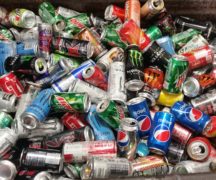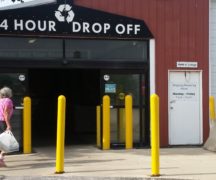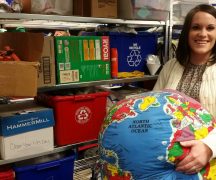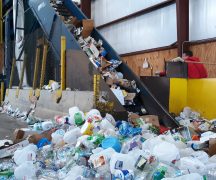By JAN LARSON McLAUGHLIN
BG Independent News
Bowling Green is trying to use the carrot and not the stick to teach residents about the new garbage rules. But it turns out they are also having to explain that carrots and sticks belong in the trash, not in recycling.
The problem came to a head a few weeks ago, when the Wednesday recyclable collection route on the east side of the city consisted of 35 percent trash, according to Ken Rieman, of the Bowling Green Recycling Center. It was believed that the increase in the garbage in recyclable bins was an unintended consequence of the new city ordinance requiring that garbage bins be closed when being picked up. Rieman surmised that residents with overflowing trash bins were stashing the trash in the recyclable bins instead.
However, as of last Wednesday, the trash in the recyclable bins had dropped to 20 percent from the peak of 35 percent, Rieman said.
“It appears the city education efforts have had some success,” he said.
Municipal Administrator Joe Fawcett said the 35 percent was “an alarming rate.” So the city started a strong education push for residential areas close to BGSU, where it was thought that students might not realize the difference between the green garbage bins and the blue recycling bins. Bright green stickers are being placed on bins that are being used improperly.
However, if the education isn’t enough, the city can cite citizens for putting trash in their recycling bins. “Obviously, that is a last resort for the city,” Fawcett said. “We’d rather work with them than fine them.”
The new rule requiring the lids to be closed on garbage bins was to prevent pyramids of trash from becoming litter in neighborhoods, and to prevent the garbage bin lids from being broken off by the automatic arms that pick up the bins and dump them in the truck.
In cases where city residents need extra space for garbage, additional bins may be acquired from the city public works office, Fawcett said.
“The city is willing to work with people. You just need to reach out to us and tell us what you need,” he said.
Though the amount of trash in recyclables has dropped in recent weeks, Rieman pointed out that 20 percent trash is still an unacceptable amount. More than 30 bags of garbage were removed from recyclable materials on Wednesday, as compared to four or five bags on other pickup days.
“Any bag of garbage mixed with recyclables is a problem,” Rieman said. “Those that break open are an even bigger problem because the garbage goes up the line and has to be picked off by hand.”
Rieman said he rode along on a recycling truck two weeks ago on a Wednesday. The drivers were leaving behind bins that had obvious problems, and were recording addresses of those homes where bags could be seen entering the hopper. The recycling center staff is also continuing to pull out names on mail or other items from garbage bags, so those people can be contacted by the city.
“The city is notifying offenders. This is an ongoing process that should educate more people and will identify repeat offenders,” Rieman said. “We really appreciate the city’s efforts to clean things up.”
The goal is to reach 7 percent or less garbage in recyclables, he said.
“This problem is being felt by almost all communities that do curbside co-mingled recyclables collection,” Rieman said. “Perhaps the lesson here is that there needs to be ongoing continuing education as well as enforcement for those who ignore the rules.”

